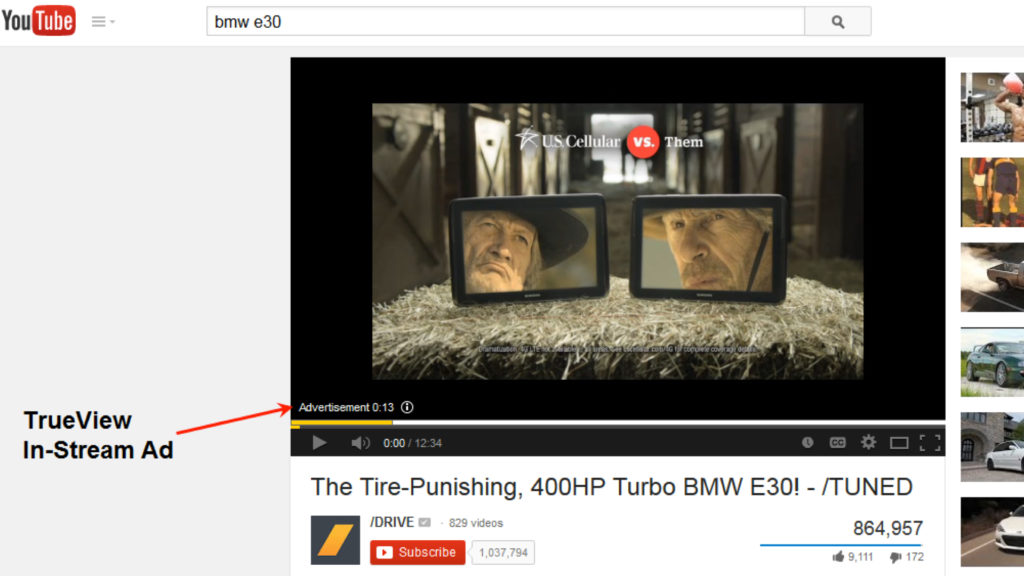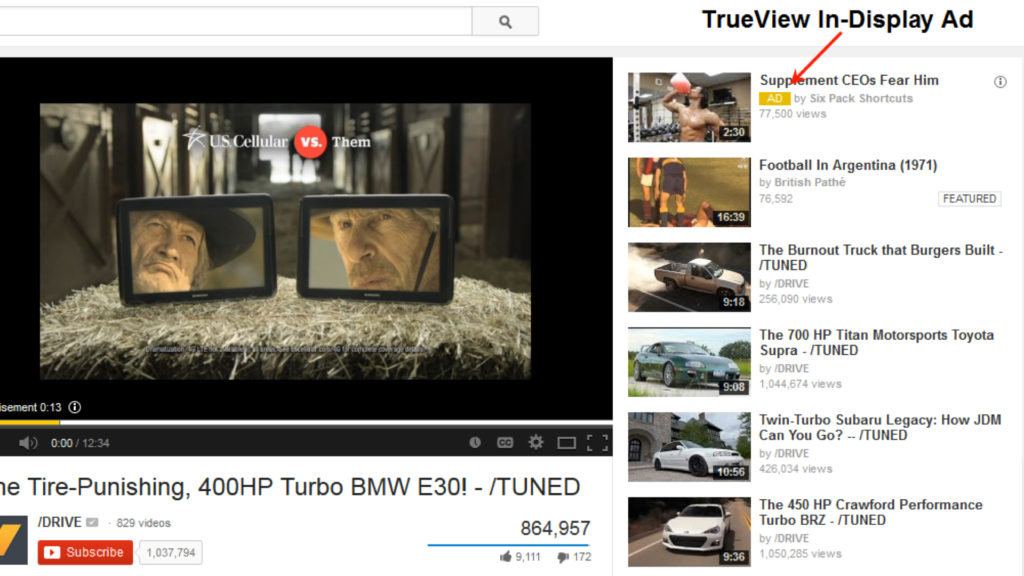Okay so, Google, but then what? If you didn’t know it, the number two search engine is (controversially) YouTube! This top media sharing platform was evaluated this week here at adHOME.
Why take a look at YouTube? Its been around since 2005, and it was bought by Google less than a year after officially launching for $1.65 billion dollars. If that doesn’t spark some interest in this platform I don’t know what does!
Do you remember using YouTube for the first time? You might never have thought of the history or wondered how it was invented, since the concept seems so straightforward and intuitive. Before YouTube was launched there were very few ways to share video media on the internet, so large events such as the Superbowl halftime show, or the 2004 Indian Ocean tsunami couldn’t be viewed (and re-viewed) easily. These are some of the starting videos that the three founders cite as the reason for the platform. Since these events back in 2004, YouTube has grown astronomically and it was estimated that in 2007, YouTube consumed as much bandwidth as the entire internet did in 2000.
But what about YouTube content creators? We all hear that they make money by creating videos, so we took a look at some of the top earners in 2015 and how they made their millions.
It has been estimated that 80% of videos come from amateurs, 15% from YouTube partners (professionals), and 5% from corporate/commercial accounts. In order to become one of those professional YouTubers you have to have at least 15,000 cumulative watch hours for your channel over the last 90 days to even apply. But that is where you can make all the money. See this short clip on some of the top earners from 2015.
This got us wondering, exactly how do people make millions creating videos? There are a few options: AdSense partnering and YouTube Red subscriptions. Essentially, video creators can agree to show ads on their videos for a cut of YouTube’s revenue. The more popular the channel, the more ads can be shown and the dollar signs begin to add up!
As marketers, its always good to keep in mind the advertising possibilities on a platform as large as YouTube, so we went though the basic options. There are two advertising types: TrueView In-Stream ads, and TrueView In-Display ads. Here’s a bit of a breakdown:

TrueView In-Stream Ads play before a video clip and can be skipped after a few seconds. Advertisers only pay for these views when someone watches the first 30 seconds of the ad, any clicks on the ad (and cards), or a view to the end of the video (if shorter than 30s). This has resulted in some pretty creative ads to maximize on the YouTube ad structure.
The second type of YouTube ads are In-Display ads that appear in searches, or as a recommended video based on your search. These have to be a bit more targeted and relevant, although as an advertiser, you will only pay once your video is viewed.

YouTube can be a great marketing tool to share your next great project, and we at adHOME use it frequently for advertisers and ourselves. Video is such a strong advertising medium, and with YouTube’s popularity, you can see why. To learn more about our video projects check out this section of our work.